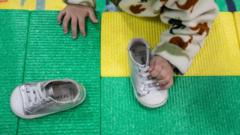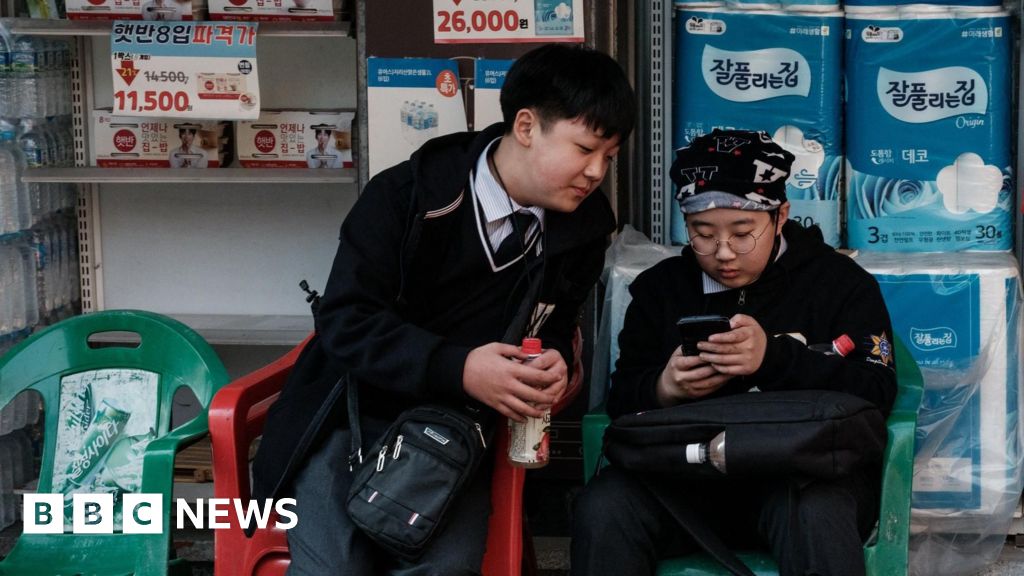South Korea, grappling with the world’s lowest birth rates, is witnessing a noteworthy surge in demand for fertility treatments. As women and couples turn to clinics for assistance in conception, the stark demographic challenges are met with both hope and hurdles.
Kim Mi-ae, 36, a Seoul resident, began in vitro fertilization (IVF) last November, recalling the “crazy” wait times at her clinic, an echo of the growing trend in her country. The demand for fertility services has jumped nearly 50% from 2018 to 2022, with IVF contributing to one in six births in Seoul last year.
Experts attribute this uptick to shifting perceptions around family planning, with younger generations keen on taking control of their reproductive futures. Sarah Harper CBE, a gerontology professor at Oxford, highlights that this generation wants to strategically plan their lives, contrasting with past attitudes where conception was seen as more random.
For South Korea, this growth is particularly timely, as the nation grapples with a significant demographic crisis. One in five South Koreans is now aged 65 or older, with historically low birth rates: dipping to 0.72 in 2023. Recent data, however, offers a glimmer of hope: the birth rate rose slightly to 0.75 in 2024, the first increase in nearly a decade.
Experts, like Dr. Seulki Choi, suggest that this could indicate shifts in young people's views on marriage and parenthood, though the country’s birth rate remains considerably below the global average of 2.2.
Women like Park Soo-in, who previously delayed family planning due to work demands, are now seeking out fertility options after marriage. Park’s experience reflects a broader trend where societal pressures and financial constraints play significant roles in family planning decisions.
Many South Koreans—over half, per UN reports—express a desire for children but cite financial limitations as a critical barrier. With women generally delaying childbirth until their early thirties, the pressure mounts, illuminating the need for supportive structures.
Despite government initiatives aimed at boosting birth rates, including subsidies for fertility treatments, the average cost of IVF remains high. Kim, who pursued IVF for her first child, found that the government support didn’t cover the extensive out-of-pocket expenses incurred during treatment.
The obstacles don’t end with financial woes. Women often struggle to balance work commitments with IVF schedules, frequently feeling compelled to neglect their health needs for the sake of job stability.
Ultimately, while many South Koreans are caught in a cycle of delayed family growth due to financial, cultural, and systemic hurdles, individuals like Jang Sae-ryeon continue to hold onto their dreams of parenthood. Reflecting persistently high hopes amid trials, Jang emphasizes the profound emotional rewards she associates with the possibility of motherhood, encouraging societal shifts toward supporting families amidst ongoing challenges.



















